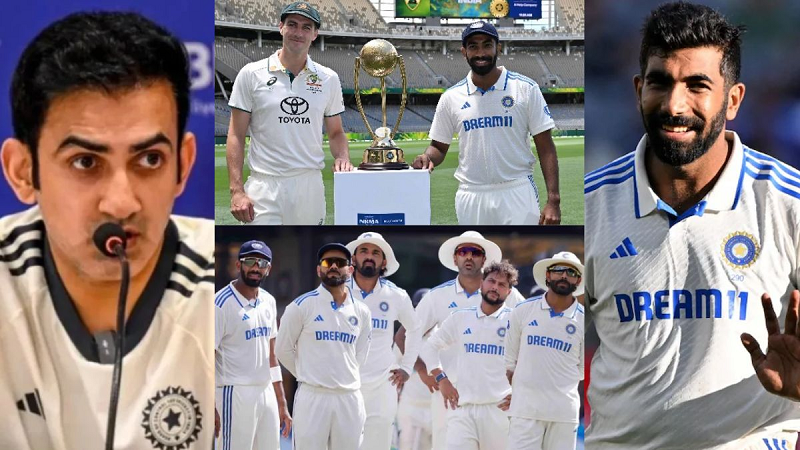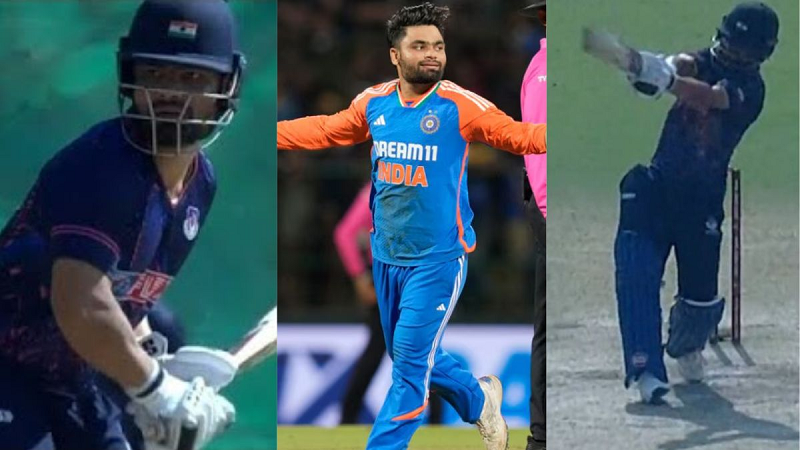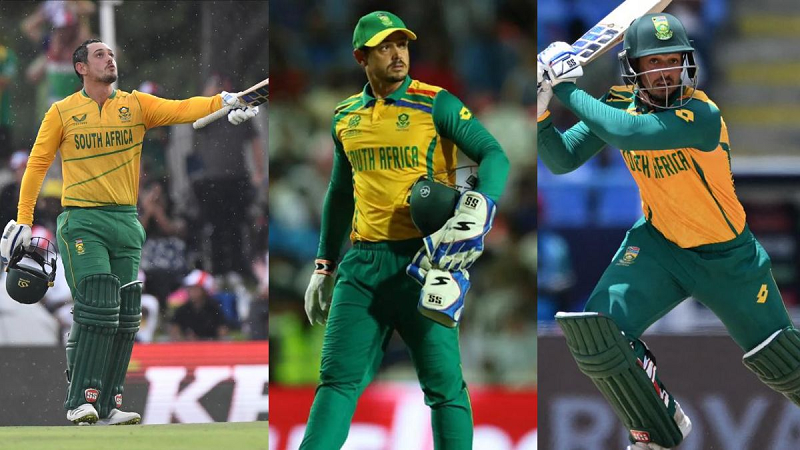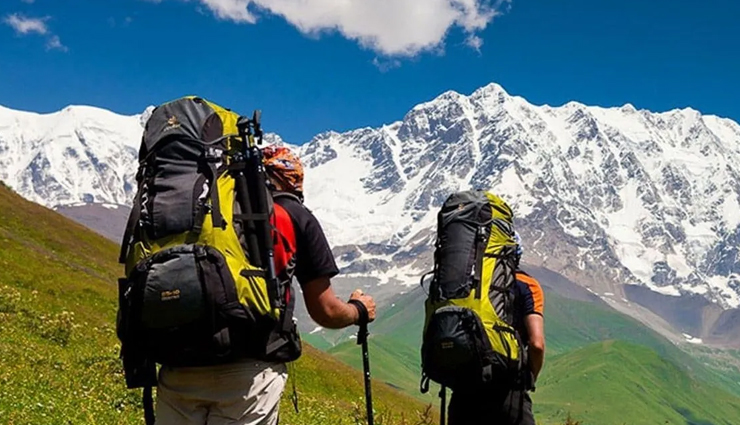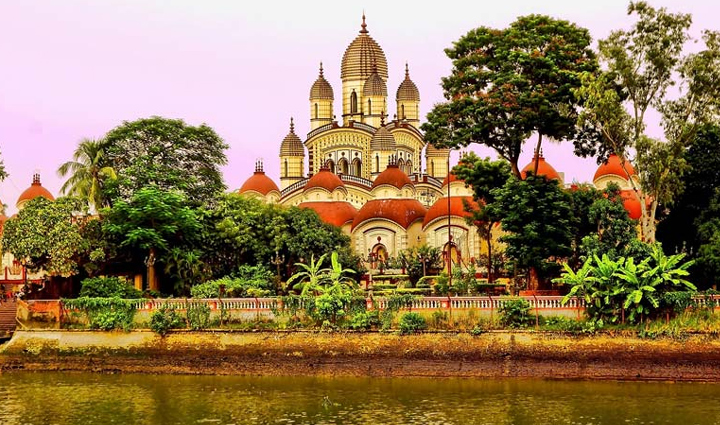The country of India is known for its temples, some of which are dedicated to the Mother Goddess. One of these temples is Jwala Devi Temple located in Kangra district of Himachal Pradesh which is dedicated to Jwalamukhi or Jwala Devi. One of the 51 Shaktipeeths of Maa Bhagwati, Jwalamukhi Temple is quite famous. It is said that Sati's tongue fell here. At the same time, nine flames are burning in Jwala Devi temple without oil and wick. The miracle of this temple is that there is no idol here but nine flames emanating from the womb of the earth are worshipped. The history of Jwala Devi Temple has been very vast and wonderful. Today in this episode we are going to give you information about the history, mythology, and architecture of Jwala Devi Temple. Let's know...

Amazing 9 flames
Jwala Devi Temple The temple was first built by Raja Bhumi Chand. Later Maharaja Ranjit Singh and Raja Sansar Chand completed the construction of this temple in 1835. In this Shaktipeeth of Himachal Pradesh, 9 natural flames have been burning for years. It is said that scientists have been doing research for many years to find these flames. Even after digging 9 kilometers, scientists could not find the place where natural gas is coming out. 9 flames are coming out of the earth on which the temple is built. Out of the nine flames burning in this temple, one flame is big which is considered to be the form of Maa Jwala and the other eight flames are Maa Chandi Devi, Maa Mahalakshmi, Maa Vindhyavasini, Maa Annapurna, Higlaj Devi, Maa Ambika Devi, Mata Anjani Devi. And it is considered to be the form of Mother Saraswati.
History of Jwala Devi Temple
This incident is believed to have happened when Lord Shiva was married to Mother Sati, the daughter of Prajapati Daksha. As mentioned above, when King Daksha had performed the Yagya and when Mother Sati was uninvited, King Daksha insulted him and Lord Shiva a lot, due to which Mother Sati jumped into the Havan Kund and Lord Shankar killed Sati from the Yagya. The dead body was taken out and lifted on the shoulder and started roaming here and there in sorrow, then to save the whole world from the holocaust, Lord Vishnu, the protector of the world, cut the body of Sati from the chakra, due to which the pieces of her body were scattered in 51 places. But fell. One of those 51 Mata Sati's tongue fell here, which Sati's tongue fell on Jwalaji (610 m), and Mother Goddess appeared in the form of 9 small flames through the cracks in the age-old rock where Maa Jwala blue flame. Keeps on burning. This temple was established as Shaktipeeth. And Lord Shiva was established here in the form of Shankar Bhairav.
The mythology of Jwala Devi Temple
According to legend, Bhakta Gorakhnath was a great devotee of Maa Jwala Devi and was always engrossed in devotion. Once hungry, Gorakhnath told his mother mother, you keep the water warm, till then I will come after asking for Meeksha. When Gorakhnath went to take the moksha, he did not return. It is believed that this is the same flame that was lit by the mother and steam seems to emerge from the water of the kund built at a distance. This kund is also known as the box of Gorakhnath. It is believed that at the end of Kalyug, Gorakhnath will return to the temple and till then the flame will keep burning. Dhyana Bhagat's story about Jwala Mata's temple is also famous. According to the legend, Dhyanu Bhagat had offered his head to his mother to prove his devotion. It is believed that whatever the devotee asks from the mother with a true heart, his every wish is fulfilled. No one leaves the court of the mother empty-handed.

The architecture of Jwala Devi Temple
Jwala Devi Temple architecture is seen in the Indo-Sikh style. The temple is built on a wooden plinth and has a four-cornered appearance with a small dome on the top. The temple has a central square pit where the Eternal Flame burns. In front of the flames are pits where flowers and other offerings are placed. The dome and spire of the temple are seen covered with gold. It was gifted by Maharaja Ranjit Singh. In its construction, a gift of silver was given by the son of Maharaja Kharak Singh or Ranjit Singh. It was used to cover the main gate of the temple. The brass bell made in front of the temple was gifted by the king of Nepal. The temple looks even more beautiful with the golden dome and silver doors shining in the greenery. In the center of the main hall is a bed made of marble and decorated with silver. The clothes and cosmetics are kept in the room after the night goddess's aarti. The idols of Mahadevi, Mahakali, Mahasaraswati, and Mahalakshmi are made outside the room. The manuscript of Guru Granth Sahib given by Guru Gobind Singh is also preserved in the room.
Akbar made many attempts to extinguish the flame
Mughal emperor Akbar tried a lot to extinguish the 9 unbroken flames burning in this temple. But despite millions of efforts, they failed to extinguish it. Akbar had many doubts regarding this flame. He had ordered me to pour that water to extinguish this flame. At the same time, orders were given to turn the canal towards the flame, but all these efforts were unsuccessful. It is said that seeing the miracle of the Devi temple, he bowed down and happily offered a golden canopy there. However, it is also said that the Mother Goddess did not accept his offering and the golden canopy fell. After which it turned into some other metal. Whose address is not known to anyone to date.
Darshan and Aarti timings of Mata Jwala Devi
The aarti performed by the priests in the temple is the main attraction of the temple. Five aartis and one havan are performed in this temple during the day. First of all, Shringar Aarti takes place at 4:30 in the morning, in which Malpua, Mawa, and Mishri are offered to the mother. After half an hour Mangal Aarti is performed in which yellow rice and curd is offered to the mother. Rice and six types of pulses and sweets are offered in the midday aarti in the afternoon. Shayan Aarti takes place in the evening. Devotees offer rabdi, mishri, chunri, milk, flowers, and fruits to the goddess as a sign of their devotion. If you are going for religious darshan of Jwalaji, then you must know the time of opening and darshan of the temple, because according to the season, the time of opening and closing of the temple is changed. While the temple opens from 5 am to 10 pm in summer, it opens for darshan from 6 am to 9 pm in winter. Apart from the sanctum sanctorum, there are several smaller temples in the complex including Gorakh Dibbi and Chaturbhuj Temple, which can be a great experience to visit.

How to reach Jwala Devi Temple?
You want to go to Jwala Devi Temple Kangra by road. So you can take buses from New Delhi to Kangra. You can reach Jwalamukhi bus stand to reach the temple. The temple is well connected by road. State transport buses ply from the cities of Punjab and Haryana to Kangra. Kangra does not have an airport service to reach Jwala Devi Temple by air. Gaggal Airport is the nearest airport at a distance of 14 km from Kangra Valley. You can take a flight from Delhi to Dharamshala. Want to go to Jwala Devi temple with him by rail. So there is no direct train to Kangra. Amritsar Shatabdi Express runs from New Delhi to Jalandhar. After that one can take a cab from Jalandhar and reach the valley. Taxis and buses are easily available from here.
(PC: Lifeberrys)


